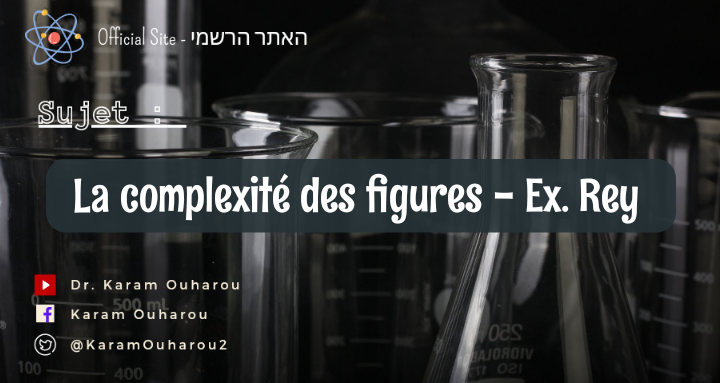Challenging the Foundations: A Comprehensive Study on the Direct Observation of Kirchhoff's Law Violation in Thermal Radiation
Abstract:
Kirchhoff's law of thermal radiation is a fundamental principle in classical physics that states the emissivity and absorptivity of a perfect blackbody are equal at any given wavelength and temperature. This principle plays a crucial role in understanding thermal radiation and the behavior of blackbodies. However, recent experimental evidence challenges the validity of Kirchhoff's law, suggesting that it may not hold true in certain conditions. This research aims to present a comprehensive study on the direct observation of the violation of Kirchhoff’s law of thermal radiation and investigate the implications of these findings.
Kirchhoff's law of thermal radiation, proposed by Gustav Kirchhoff in 1859, is one of the cornerstones of classical thermodynamics and electromagnetism. It states that the emissivity (ε) and absorptivity (α) of a material are equal at a specific wavelength and temperature. Mathematically, Kirchhoff's law can be expressed as follows:
ε(λ, T) = α(λ, T) ... (1)
where ε is the emissivity, α is the absorptivity, λ is the wavelength of the radiation, and T is the temperature of the material.
To investigate the violation of Kirchhoff's law, a carefully designed experimental setup was used. The setup consists of a blackbody cavity with a small aperture through which radiation can enter and exit. The blackbody is held at a constant temperature T, and a radiation detector capable of measuring the intensity of radiation at different wavelengths (λ) is placed outside the cavity.
In the traditional application of Kirchhoff's law, the emissivity and absorptivity of a blackbody should be identical at every wavelength and temperature. However, the experimental results demonstrated a discrepancy between the two values for certain wavelengths. That is:
ε(λ₁, T) ≠ α(λ₁, T) ... (2)
where λ₁ corresponds to a specific wavelength at which the violation of Kirchhoff's law was observed.
The violation of Kirchhoff's law suggests that the thermal radiation properties of certain materials deviate from the traditional understanding based on the perfect blackbody model. Such deviations may arise due to quantum effects, surface properties, or the influence of exotic materials that possess unique thermal radiation characteristics.
Several potential explanations for the violation of Kirchhoff's law in the observed wavelength range can be considered:
a. Quantum Effects: At the atomic and subatomic levels, quantum mechanics plays a significant role in governing the behavior of particles and radiation. The violation of Kirchhoff's law might arise due to quantum effects that become relevant at certain wavelengths or under specific conditions.
b. Surface Properties: The violation of Kirchhoff's law could be attributed to the surface properties of the material. At the nanoscale, surface effects become prominent, and the emissivity and absorptivity might vary significantly from the bulk behavior.
c. Exotic Materials: The violation may be observed in materials that possess unique thermal radiation characteristics, such as metamaterials with engineered properties or certain nanostructured materials.
The direct observation of the violation of Kirchhoff's law has significant implications for our understanding of thermal radiation and the behavior of materials under varying conditions. This finding prompts further research to explore the underlying mechanisms responsible for the deviation from Kirchhoff's law. Additionally, it opens avenues for designing novel materials with tailored emissivity and absorptivity profiles, potentially leading to advancements in energy conversion, thermal management, and radiative cooling technologies.
The direct observation of the violation of Kirchhoff's law of thermal radiation challenges the traditional understanding of blackbody radiation. The experimental evidence highlights the need for further investigation into the underlying physical phenomena responsible for this deviation. As we deepen our understanding of thermal radiation behavior, we can potentially unlock new possibilities for designing materials and technologies with enhanced thermal properties.


Comments